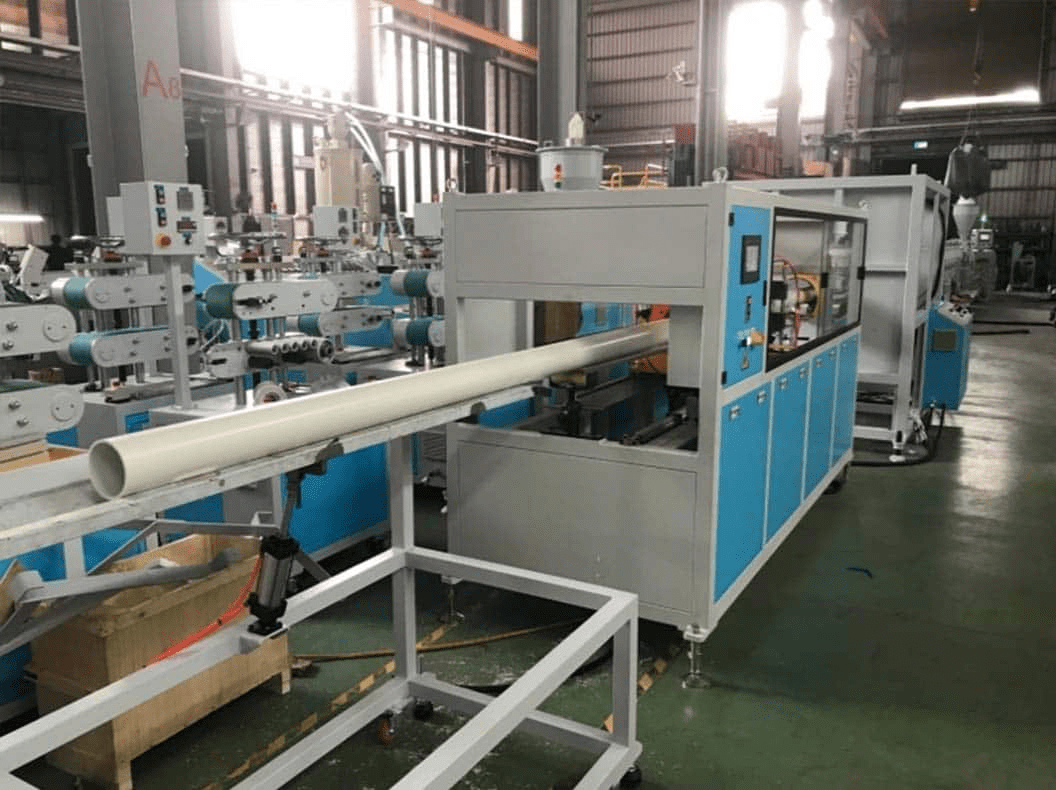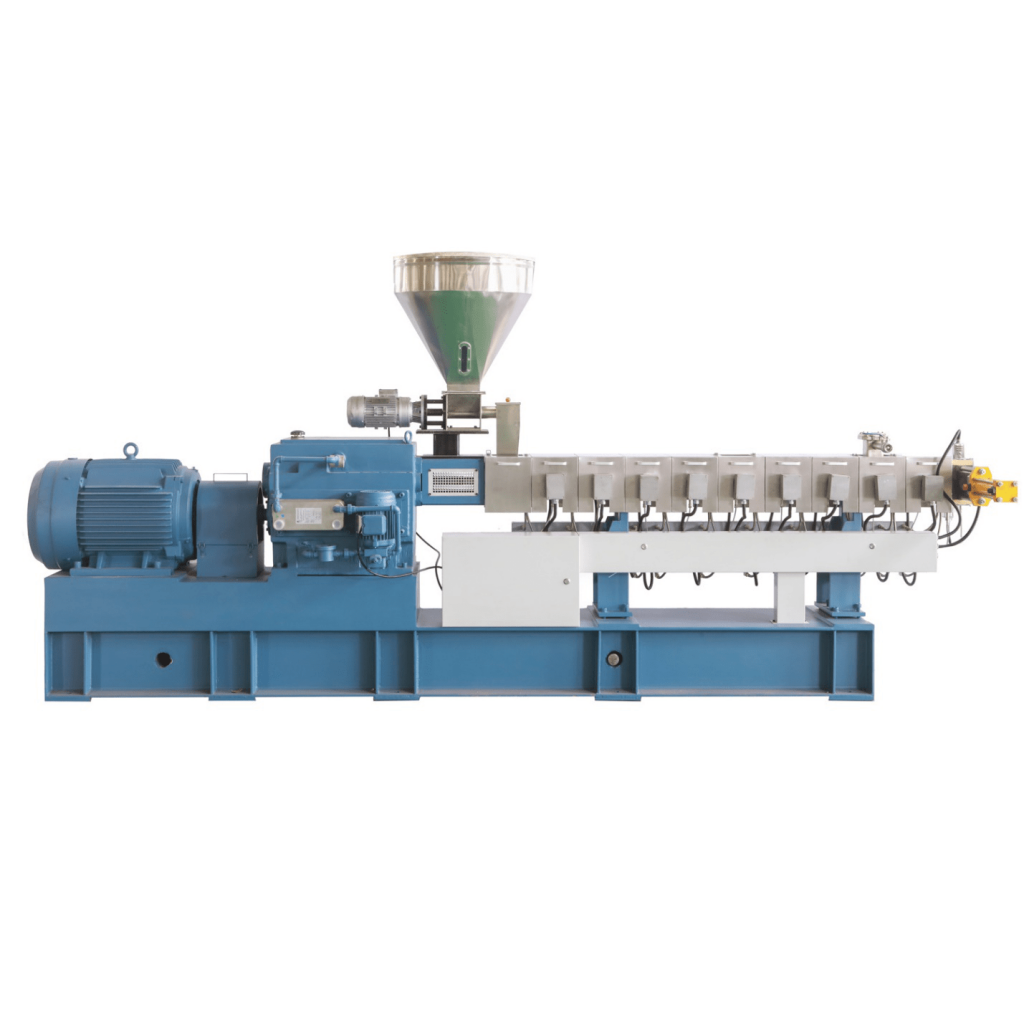Plastic Extrusion Manufacturer: An Introduction to Plastic Extrusion
11/06/2020Plastic Extrusion Manufacturer: A Basic Guide on Plastic Extrusion
Being a plastic extrusion manufacturer, we often come across questions like what is plastic extrusion? Is it useful? Are there any subcategories? We understand the concept might be alien for people outside the industry.
After all, it does involve some technicality. Thus, making it off-limits for people who do not have a taste for it. Nonetheless, having general knowledge is never bad. So, today, in our blog post we are going to focus on the basics of plastic extrusion.
By the end of the blog, you would be familiar with its basic idea, types as well as its advantages. So, without any further delay, we should get started!
Introduction to Plastic Extrusion
For starters, you need to know what plastic extrusion is. In the technical world, people define this concept as the transformation of solid plastic mass into usable products. The manufacturer would take the plastic mass and turn it into the desired shape.
It is possible to either use these shapes to create additional products, or you can use them as end-products. It all depends upon your requirement. We hope, you now get the basic idea regarding plastic extrusion.
Now, let's dig a little deeper.
There are three main plastic parts producing processes that incorporate plastic extrusion. These processes include blow molding, injection molding, and extrusion. Each process is important and different in its own way.
Extrusion
It is a continuous process. Something, which the other processes lack. In extrusion, you would continuously convert pellets, solid plastic mass, or powder into a melted form. You would also be pushing the melted form into a shape using a die.
The shape is the one that you want the plastic to attain eventually. However, it is not the final part. This shape does go through multiple other processes to achieve the respective results. Some of these operations include pipe, profile, cast film, blown, sheet, or pelletizing.
Below, we have listed the outputs from these processes.
You can turn plastic sheets into either food storage containers or drinking cups.
Plastic pipes that help in delivering water safely to your phone. You do not have to worry about lead contamination. In addition, these pipes do not clad the sides of your house, giving it a less pleasing overview.
For grocery bags, you would be using films. They not only increase the shelf life of the product but at the same time protect it from any sort of harmful contamination.
Every sub-process is different and one of a kind. It requires different downstream equipment, post extrusion, or dies in order to manufacturer the respective product. No matter, what type of process you use, all sub-processes do have one common component, the extruder.
The job of an Extruder
The main job of the extruder to turn the food stock or the solid plastic mass into a melted form. For this purpose, the plastic extrusion manufacturer tends to rely on two different extruding technologies. They can either go with the twin-screw technology or the single screw technology.
Single Screw Technology
Plastic extruding manufacturers around the globe prefer the single screw technology over the twin-screw one. It is most common in the industry. The great thing about this technology is that you can apply is to a wide range of polymer types.
In addition, the technology is applicable to almost all common extrusion processes.
Twin Screw Extruder Technology
On the other hand, we have the twin-screw extruder technology. This is a more sophisticated form of technology. The manufacturers further break down the technology into two parts, the co-rotating, and the counter-rotating technologies.
With the counter-rotating extruder incorporate 2 screws. These screws rotate in opposite direction to each other and they intermesh as well. The co-rotating twin screws also use 2 screws. However, these screws rotate in the same direction and they intermesh as well.
Regardless of the type of technology you use, single or twin, their main objective is the same. They want to turn a solid mass plastic into a melt. Both of these technologies use slightly different mechanisms to serve the same purpose.
Note: The beginning of the intrusion process is the transformation process. Therefore, you need to be extremely careful as it does have a great impact on the entire process.
To highlight its importance, manufacturers call extruder as the heat of the extrusion process. Likewise, they label the extruder screw as the heat of the extruder. After all, the lack of extruder screw performance would have an adverse impact on the entire extrusion process.
The screw needs to perform at the optimal level in order for the extrusion to become a great success.
Plastic Extrusion Manufacturer Categories Extrusion as below
Film/Sheet Extrusion
This particular extrusion process uses a flat die to extrude the molten plastic material. In order to find the sheet or the film’s thickness, the process uses cooling rolls. These rolls are also helpful for determining the texture of the material’s surface.
It is possible to attain the sheet thickness between 0.2 to 15 mm. However, the thickness does depend upon your product or component requirement. It is possible to make a thin flat film or sheet. For effective results, plastic extrusion manufacturer recommends using polystyrene plastic as raw material.
Blown Film Extrusion
This process also uses a die, however, instead of flat the die is like a vertical cylinder. It also comes with a circular profile. A pair of nip rollers would pull the molten plastic from the die in an upward direction. To inflate the tubes, you would be using compressed air.
Moreover, there is an air ring installed around the die. The reason for the air-ring is to cool down the film as it moves upwards. To force the compressed air into the center of a circular profile, you will notice an air inlet.
This air inlet helps in creating a bubble. It is possible to increase the cross-section around two to three times the die diameter. To collapse the bubbles, you would be needing the collapsing plate. Later, the lay-flat comes into action for flatting the bubbles into double layer films.
Over Jacketing Extrusion
Un autre nom pour l'extrusion de sur-gainage est le processus de revêtement de fil. Du centre de la matrice, vous tirerez un fil nu. Pour le revêtement sur le fil, vous pouvez utiliser la gaine ou l'outillage sous pression.
Ces deux processus sont différents; cependant, ils servent le même objectif. Néanmoins, nous recommandons un outillage de gainage si vous avez besoin d'une adhérence ou d'un contact intime entre le revêtement et le fil. En cas d'outillage sous pression, vous rétracteriez le fil dans la matrice.
Il entrerait alors en contact avec le plastique fondu. N'oubliez pas qu'il doit y avoir une pression élevée pendant que le fil entre en contact avec du plastique fondu. D'autre part, pour l'outillage de gainage, la matrice vient en premier, puis le plastique fondu recouvrirait le fil après avoir tendance à s'étendre.
Vous alimenteriez le fil nu en utilisant la matrice. Il n'entrerait pas en contact avec le plastique fondu jusqu'à ce qu'il soit dans la matrice. La principale différence entre ces procédés est le positionnement du fil par rapport à la matrice.
Extrusion de plastique: avantages
S'il y a deux ou plusieurs machines disponibles pour alimenter la filière unique, il est possible d'avoir une co-extrusion. Ceci est très efficace si le produit nécessite plusieurs couches de matériaux différents.
Avec la co-extrusion, vous pouvez ajouter une couche supérieure de matériau haut de gamme pour donner au produit un aspect coûteux, tout en utilisant un matériau à faible coût en dessous pour économiser le coût global du produit.
C'est une technique de fabrication de plastique . Il est possible d'améliorer la durabilité du produit, les propriétés, la résistance au feu, l'électricité statique, etc. en utilisant différents additifs.
Avec l'extrusion plastique, il est possible de réaliser des formes complexes avec différentes textures, épaisseurs, couleurs, etc. Vous pouvez avoir accès à de nombreuses formes et couleurs différentes, le tout grâce à la technologie de pointe.
Le procédé est très efficace pour produire des formes en continu.






